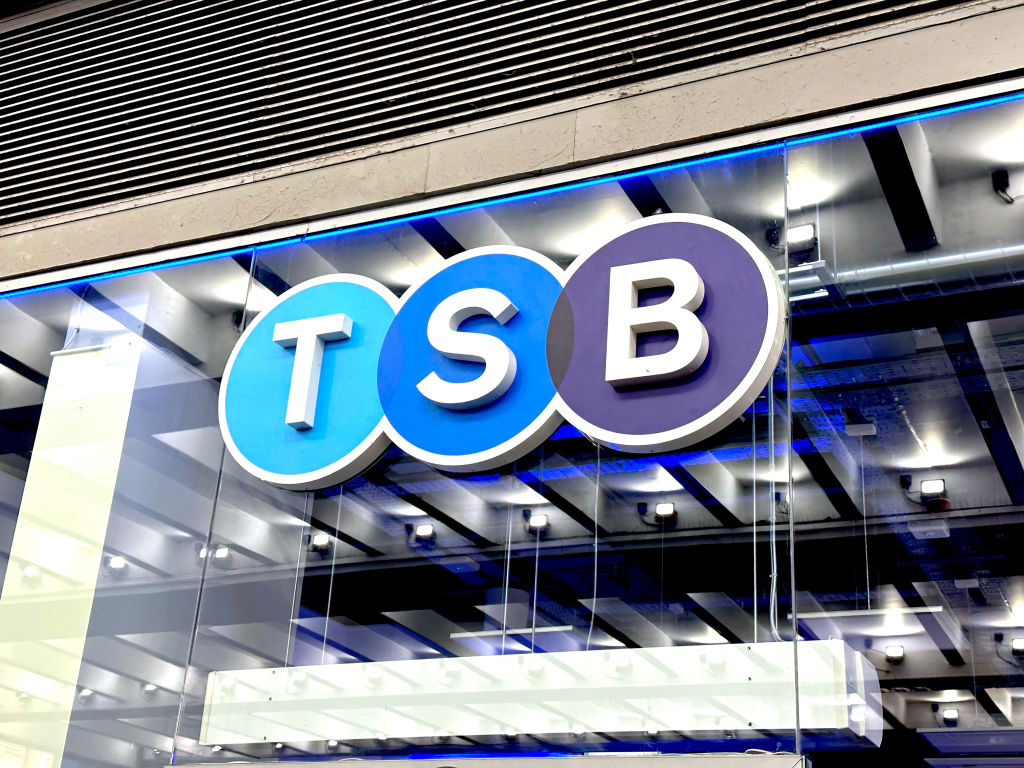Is the art bubble set to burst this year?
If you were a dealer or collector of contemporary art in 2005, the chances are you had a very good year. But prices have now pushed past historic highs set in the early 1990s. Is the market heading for a collapse?
The future is an impossible place. Every year the world's financial pundits have a go at forecasting it and pretty much every year they are wrong. Indeed, if they had any sense they'd have given up long ago. Still, they haven't, and no one appears to mind much if they keep getting it wrong the financial commentary market seems to be a remarkably forgiving place. With this in mind, we've asked some of our writers and some of our favourite analysts to tell us what they think might happen during 2006...
If you were a dealer or collector of contemporary art in 2005, the chances are you had a very good year. Soaring interest in modern art pushed up prices in the US by 40% last year, leaving them way past the highs set at the time of the last art boom in 1990. A sculpture by American artist David Smith, Cubi XXV111, was recently sold to a Los Angeles collector for $23.8m a record for a contemporary artwork sold at auction.
But why are prices rising so dramatically? According to William Cash in The Spectator, it's because the contemporary art market is attracting attention from a new kind of wealthy, highly focused collector. The new breed of buyers see artworks primarily as a tradable asset not as something to be hung on a wall. Art fairs around the world are swarming with slick young Wall Street and City types keen to recycle their fat earnings into fashionable appreciating assets. One consequence of the rising prices and increasing interest has been a surge in so called Art Funds, essentially mutual funds for the art world, where instead of fund managers looking around for undervalued stocks to buy up, they look around for undervalued artists.
Subscribe to MoneyWeek
Subscribe to MoneyWeek today and get your first six magazine issues absolutely FREE

Sign up to Money Morning
Don't miss the latest investment and personal finances news, market analysis, plus money-saving tips with our free twice-daily newsletter
Don't miss the latest investment and personal finances news, market analysis, plus money-saving tips with our free twice-daily newsletter
But as Kathryn Cooper points out in The Sunday Times, where an asset class is being inflated by a wall of speculative money, trouble is likely to follow. Young collectors who have made their money in the financial markets might each separately believe they are making a wise investment in a long-term store of value. But taken together, a growing number of commentators believe instead that a speculative bubble is now ripe for popping in 2006. Take the recent Art Basel Miami fair (sponsored by Bloomberg). An unremarkable painting by the latest hot American pop artist, Richard Prince, was on sale for $625,000 (£355,000) 50% more than what it fetched at auction in the summer, and ten times the figure (£35,000) it sold for last year.
According to Cash, crazy prices like this make the art market the world's most dangerous speculative market not least because it is so vulnerable to insider trading of the most unsubtle kind. At the Miami fair, various well-known collectors were caught trying to sneak into the prestigious Rubell Collection, whose acquisitions have enormous power in determining the fate of an artist's career and market price. Armed with this kind of inside information, says Cash, collectors can stock up on the work of the relevant artists before the art works in the collection become known to the wider world.
Would-be investors would do well to think about the collapse in art prices after the bubble of the early 1990s, especially as the price of art has now pushed past those historic highs. They would also do well to heed David Kusin, a Dallas-based analyst who has written two books on the economics of the global art market, who believes what we are now seeing is a classic price bubble. His firm, Kusin & Co, has carried out an extensive study of transactions in contemporary art over five years, showing prices have recently moved up sharply from long-term averages. He has also identified what he sees as a typical bubble phenomenon when prices in one specific area of the market get out of hand and bear little relation to what has gone on before. The first time he saw this was in the mid-1980s, with Meissen porcelain. That bubble burst, and "the market has never recovered".
Get the latest financial news, insights and expert analysis from our award-winning MoneyWeek team, to help you understand what really matters when it comes to your finances.
-
 What Santander’s takeover of TSB means for customers
What Santander’s takeover of TSB means for customersSantander is set to buy rival TSB for £2.65 billion. What does it mean for customers, and could we see the TSB brand disappear from the high street?
-
 How to find active fund managers that are worth paying for
How to find active fund managers that are worth paying forActive funds are unlikely to beat a cheap tracker on average, but can be valuable in certain markets